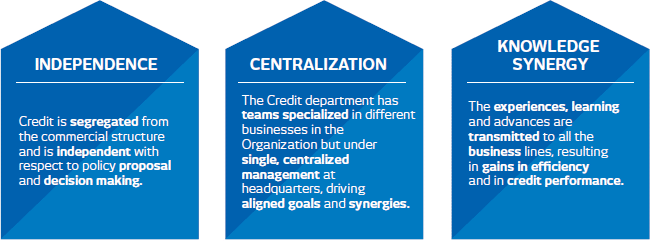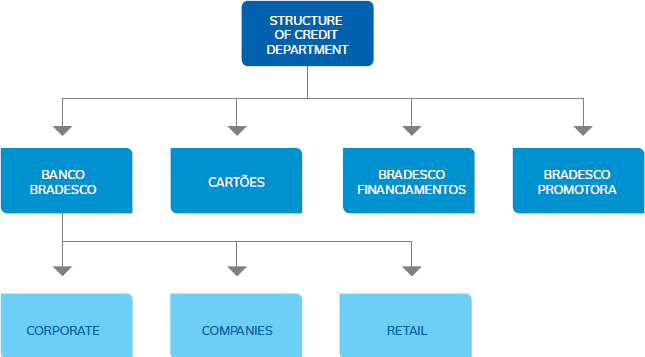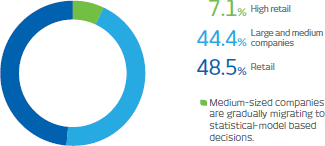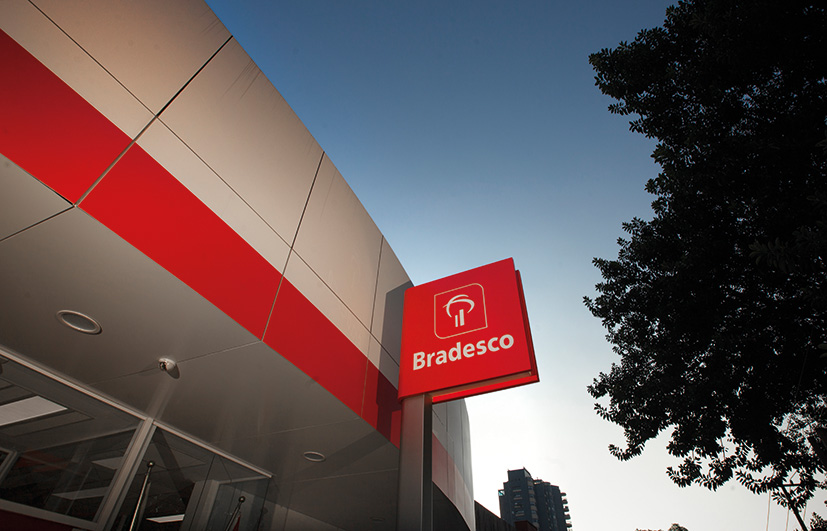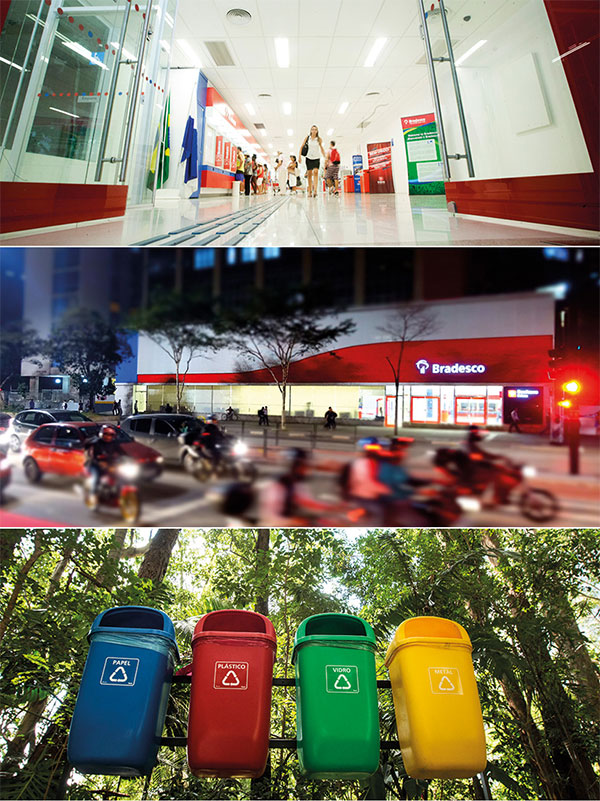Climate change
Climate change represents a major challenge in the long and short term, imposing risks and offering opportunities for both the Organization’s and the clients’ businesses. Although there is no financial analysis to measure the potential to generate change in the Organization’s revenues or losses on a broad level, it does recognize the potential impacts, whether direct – related to the operations and installations –, or indirect, arising from the effect on diverse segments of the real economy and the way this affects credit, investment and insurance.
For this reason, the Organization maintains:
- In its operations: assessment of opportunities for improvements in eco-efficiency, adopting positions to reduce emissions and anticipate risk management.
- In the businesses: constant evaluation of the demand for financial and insurance products that offer clients suitable solutions, both for driving a low carbon economy and for protecting them from the impacts or preparing them to adapt to transformations caused by climate change.
- Operating risk: to avoid damage to facilities by climatic events, the major precaution to be taken is preventive maintenance with annual reviews and the adoption of protective measures. The measurement and control of operational risks are carried out in a centralized and independent manner and managed at local, regional and global level. The Business Continuity Plans for the business units and the Disaster Recovery Plan for the Information Technology (IT) area are aimed at mitigating exposure to these risks, especially in the areas considered critical for the provision of services to clients. The Business Continuity Plan is put into action when employees are unable to access the work place. The plan establishes the use of alternative locations and the Corporate Business Continuity site in Alphaville (São Paulo). The Information Technology Center has duplicated infrastructure for the supply of electricity, air conditioning and no-breaks/generators, in addition to its own contingency environment located in another city, 16 km from the headquarters.
- Social and Environmental Risk: in the decision making processes for the concession of credit for financing large projects, the company takes into account the Equator Principles guidelines; it also assesses and monitors projects not covered by this commitment but which present significant risks. With the adoption of the 2012 version of the International Finance Corporation (IFC) standards by the Equator Principles, projects that are financed in accordance with its directives and which expect to emit more than 25,000 tons of carbon per year are required to quantify their emissions and to study financially viable alternatives for reducing or offsetting such emissions.
Portfolio of projects being monitored in December 2015
| PROJECTS | RISK CATEGORY | No. of contracts | Amount financed (R$ million) |
|---|---|---|---|
| Classified under the Equator Principles | A (high) | 12 | 3,994 |
| B (medium) | 20 | 1,348 | |
| C (low) | 13 | 2,077 | |
| Not classified under the Equator Principles | 142 | 7,319 | |
| Total | 187 | 14,737 |
Portfolio of projects being monitored by sector X region in December 2015 G4-FS6 G4-FS6
| NORTH | NORTHEAST | SOUTHEAST | SOUTH | MIDWEST | Total | |||||||
|---|---|---|---|---|---|---|---|---|---|---|---|---|
| Amount | Number (R$ million) |
Amount | Number (R$ million) |
Amount | Number (R$ million) |
Amount | Number (R$ million) |
Amount | Number (R$ million) |
Amount | Number (R$ million) |
|
| Agribusiness | 16 | 610 | 7 | 269 | 23 | 878 | ||||||
| Energy | 6 | 1,651 | 4 | 423 | 5 | 350 | 1 | 315 | 3 | 206 | 19 | 2,945 |
| Real estate | 2 | 122 | 18 | 592 | 75 | 5,092 | 8 | 406 | 4 | 153 | 107 | 6,366 |
| Infrastructure | 1 | 20 | 8 | 2,450 | 1 | 250 | 10 | 2,720 | ||||
| Mining | 3 | 111 | 3 | 111 | ||||||||
| Oil and Gas | 1 | 80 | 1 | 80 | ||||||||
| Others | 3 | 317 | 3 | 318 | 15 | 697 | 3 | 341 | 24 | 1,673 | ||
| Total | 13 | 2,190 | 28 | 1,444 | 119 | 9,199 | 12 | 1,062 | 15 | 878 | 187 | 14,773 |
- Regulatory risks: Bradesco seeks to anticipate future regulations related to the mitigation and adaptation to climate change by constant participation in forums that discuss and study this issue.
- Underwriting risks: in the inspection reports used by Bradesco Auto RE to assess asset risks, factors such as storms, hail, damage caused by rainfall and flooding, among other events directly or indirectly linked with climate change, are analyzed.
Some financial implications for direct aspects of the operation have already been felt, an example being water scarcity and its impact on energy costs. The Brazilian energy grid is powered mainly by hydroelectric plants. Since 2012 the country has seen an increase in demand for electricity (3.5% in 2012, 3.4% in 2013 and 2.2% in 2014), while suffering from a shortage of rainfall, provoking a negative effect on power generation. Rainfall improved substantially only at the end of 2015 and the beginning of 2016. During the period with low rainfall levels, the government brought thermal power plants into operation, driving up electricity costs.
In function of measures adopted by the government to stabilize the energy sector with tariff increases of around 55%, Bradesco underwent a 50% rise in electricity costs compared with 2014. Its spending on electricity in 2015 totaled R$292 million, representing an increase of approximately R$100 million.
Despite the increase in tariffs, the expansion of the network and the acquisition of equipment, the initiatives promoted by the Asset Department enabled Bradesco to reduce consumption by 2.5% (compared with 2014). Worthy of note among these was the implantation of the Electricity and Water Management System (a tool the enables the monitoring and analysis of monthly electricity and water consumption by the bank’s installations, enabling users to visualize their monthly expenditure and targets on a graph) using LED technology, among others.
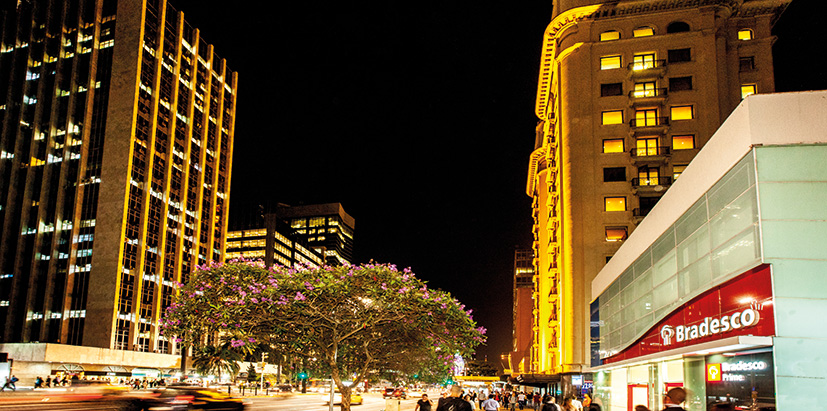
In addition to the conscious consumption campaigns, such as Zero Waste in the Agency Network and the Eco-efficiency Management Program, the Rationalize Campaign (conscious consumption of water and energy) was developed in 2015 for implantation in 2016. This involves communication and educational measures for the entire Organization. These measures reduced the financial impact of the projected tariff increase by 4%.
For 2016, the target is to further reduce energy consumption by 2.4% compared with 2015. Regarding the methods used to manage risks and opportunities, since 2008 Bradesco has conducted a Greenhouse Gas (GHG) Emissions Inventory based on the Brazilian GHG Protocol program and on the NBR-ISO 14064-1 standard. The Organization sets targets for reductions in emissions and has systematically undertaken measures to mitigate them, in addition to having offset 100% of its Scope 1 and 2 emissions since 2011.

Read more about the financial implications and other risks and opportunities arising from climate change in the CDP Report (in particular chapters 5 and 6) at http://goo.gl/Td4V63
| Goals and targets for 2015 | Status | Justification | Goals and targets for 2016 |
|---|---|---|---|
| Implement a new automation tool for controlling market and liquidity risks | In progress | The 1st phase was implanted – calculation of options risk. The other phases are scheduled to be finalized by 2018. | Organize training workshop for suppliers in the CDP Supply Chain |
| Review liquidity risk based on the new Basel Committee rule | In progress | Completion is scheduled for the end of the first half of 2016. | Organize 14th Bradesco Suppliers Encounter |


